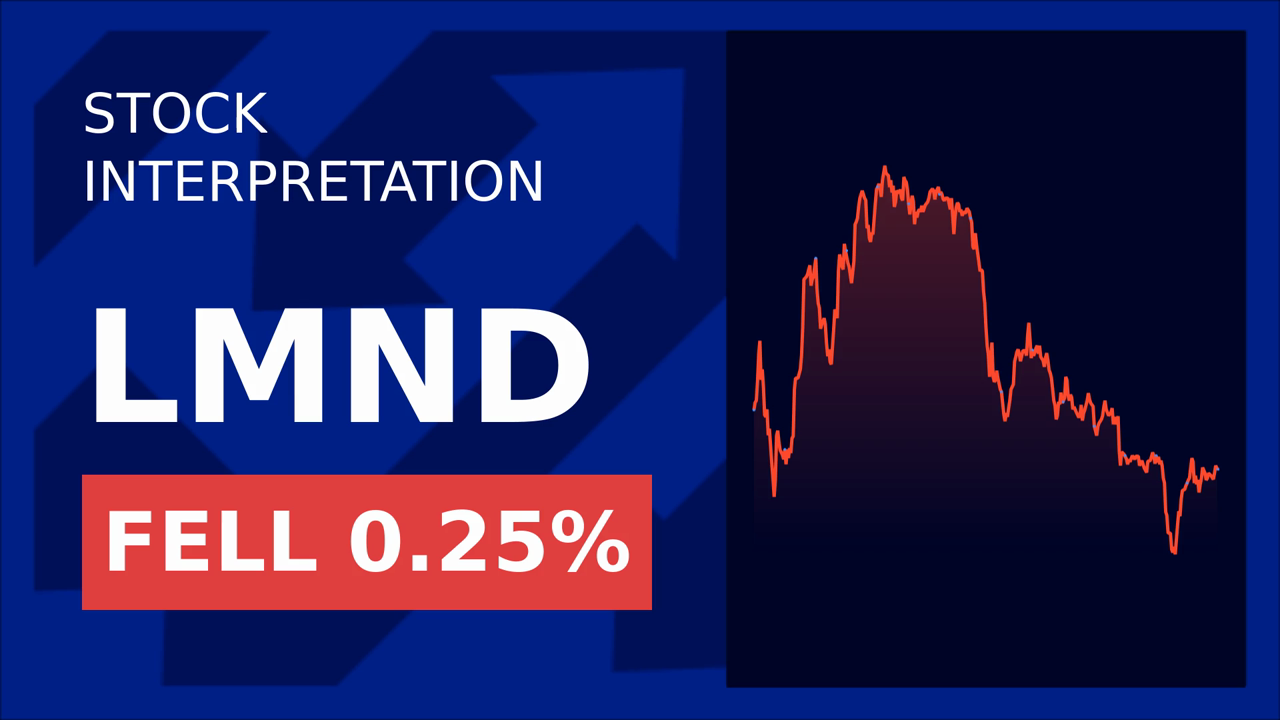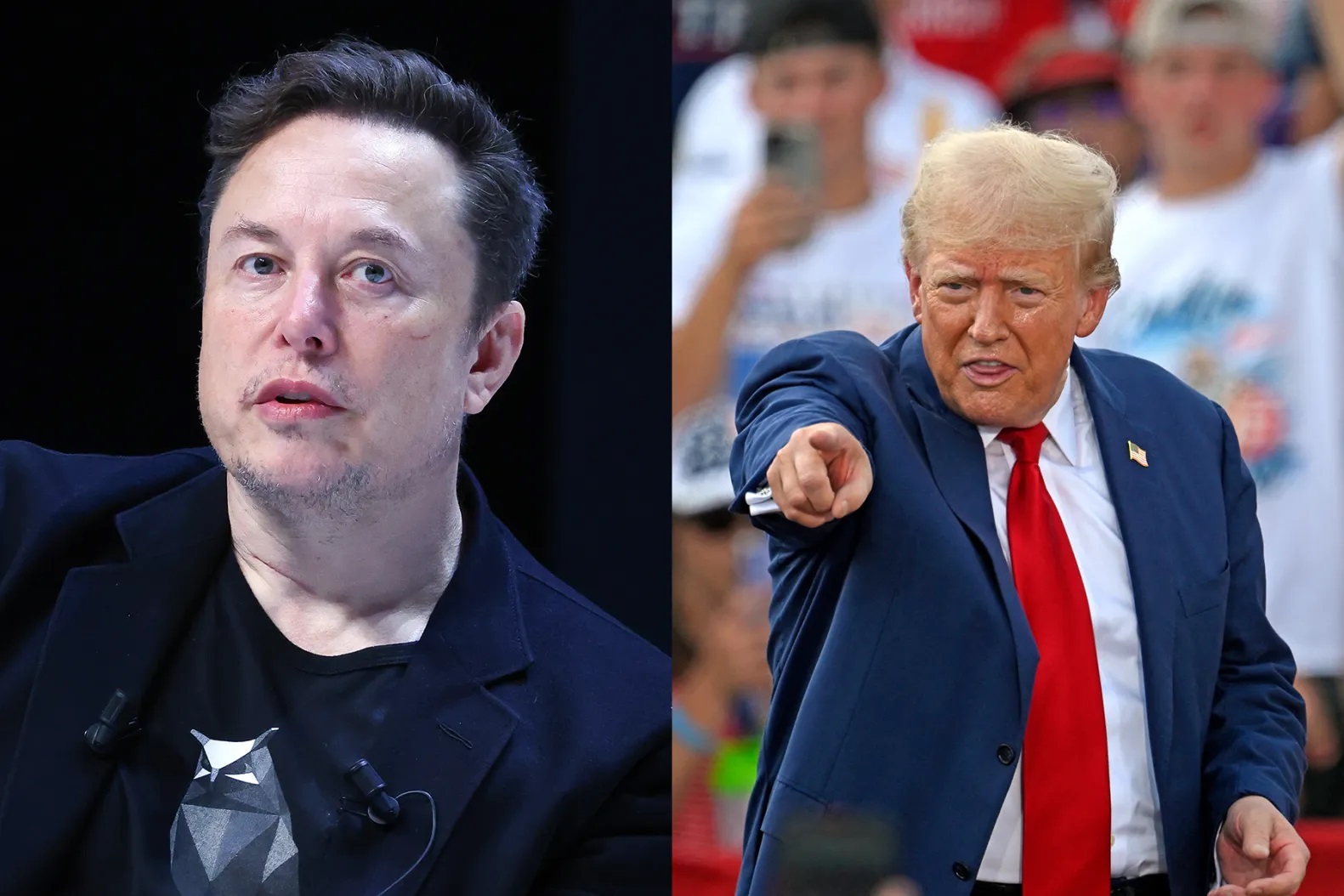BOJ Holds Rates Steady Amid Tariff-Driven Uncertainty, Signals Prolonged Caution
The Bank of Japan (BOJ) has maintained its ultra-accommodative monetary policy stance, leaving the benchmark interest rate unchanged at 0.5%, as policymakers grapple with escalating risks from U.S. tariffs on Japanese exports. In its April 2025 policy statement, the BOJ emphasized that the threat of tariffs—particularly on automobiles, steel, and aluminum—poses a significant drag on Japan’s fragile economic recovery. This decision underscores the central bank’s growing concern that external trade tensions could undermine both growth and its elusive 2% inflation target.

The Tariff Threat: A Double-Edged Sword
The U.S. tariffs, including a 25% duty on cars, strike at the heart of Japan’s export-driven economy. According to the Japan Center for Economic Research, these measures could shave 0.5 percentage points off Japan’s GDP growth during fiscal 2025. The automotive industry, which accounts for roughly 10% of Japan’s GDP, faces particular pressure: U.S. tariffs could reduce auto exports by an estimated ¥1.2 trillion annually. This has already led to a slowdown in capital expenditures among manufacturers, with toyota and Honda delaying plans to expand North American production.
The BOJ’s quarterly outlook report, extended to fiscal 2027, now projects core inflation to remain near—but below—2% until 2027, a sharp contrast to its earlier timeline of achieving the target by late 2025. A senior IMF official noted that tariff-induced uncertainty is likely to deter firms from raising wages, a critical factor for sustaining inflation. With underlying inflation (excluding energy and food) still hovering around 1.5%, the BOJ has little room to justify further rate hikes.
The Yen’s Role in Inflation Dynamics
The yen’s recent appreciation against the U.S. dollar—driven by global safe-haven demand amid tariff-related volatility—has compounded the BOJ’s challenges. A stronger yen reduces import costs, which could further dampen inflation by easing pressure on energy and commodity prices. This dynamic has forced Prime Minister Shigeru Ishiba to intervene, rolling out measures like petrol price cuts and utility subsidies to offset public discontent ahead of a summer election.
Policy Implications for Investors
The BOJ’s cautious stance signals a prolonged period of low rates, with any normalization now contingent on stabilizing trade conditions and sustained inflation momentum. For equity investors, this could buoy sectors like technology and real estate, which thrive in low-rate environments. However, exporters exposed to U.S. tariffs—such as automotive and machinery firms—face headwinds.
Meanwhile, the yen’s strength presents a mixed bag: it benefits domestic consumers but pressures companies reliant on foreign earnings. Investors should monitor the USD/JPY exchange rate closely, as a sustained break below 130 could intensify deflationary risks.
Conclusion: A Delicate Balancing Act
The BOJ’s decision to pause rate hikes reflects a pragmatic acknowledgment of the risks posed by U.S. trade policies. With tariffs threatening to knock 0.5 percentage points off growth and delay inflation attainment by two years, policymakers have little choice but to err on the side of caution.
The data paints a clear picture:
- Growth Risks: Japan’s GDP growth is projected to slow to 0.8% in fiscal 2025, down from the BOJ’s previous forecast of 1.3% (Japan Center for Economic Research).
- Inflation Lag: Core inflation is expected to average 1.7% in fiscal 2025, with a delayed trajectory toward 2% by 2027.
- Political Pressure: The Ishiba administration’s subsidy measures aim to shield households from energy costs, but they do little to resolve structural trade challenges.
For investors, the BOJ’s stance offers a cautious tailwind for domestic assets but highlights the need for sector-specific discernment. Until U.S.-Japan trade relations stabilize, Japan’s economy—and its markets—will remain hostage to tariff-related uncertainty.









